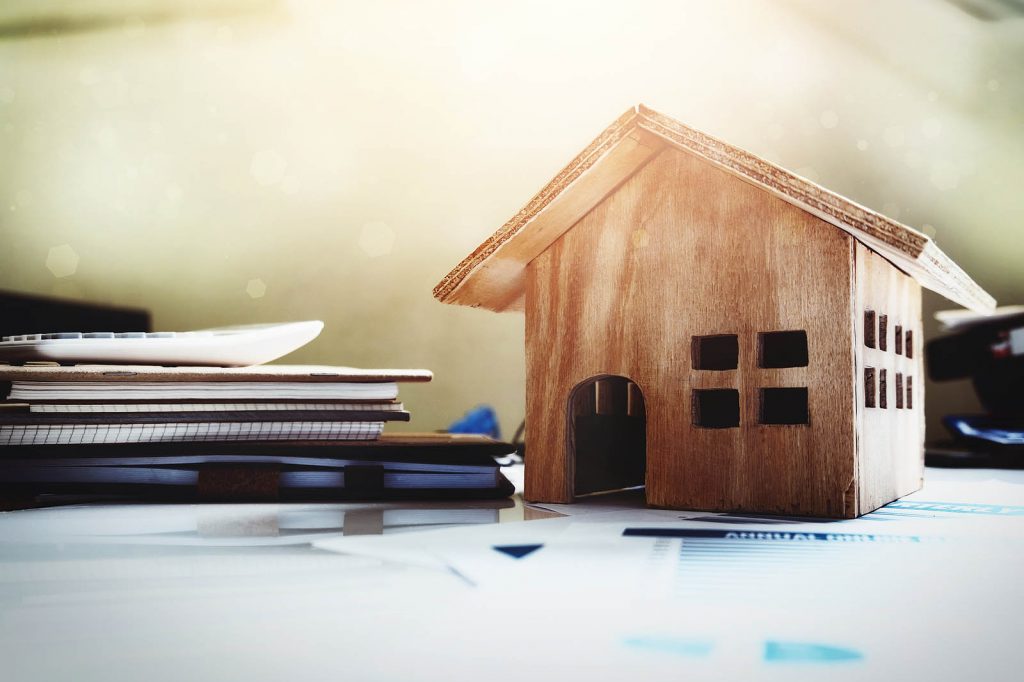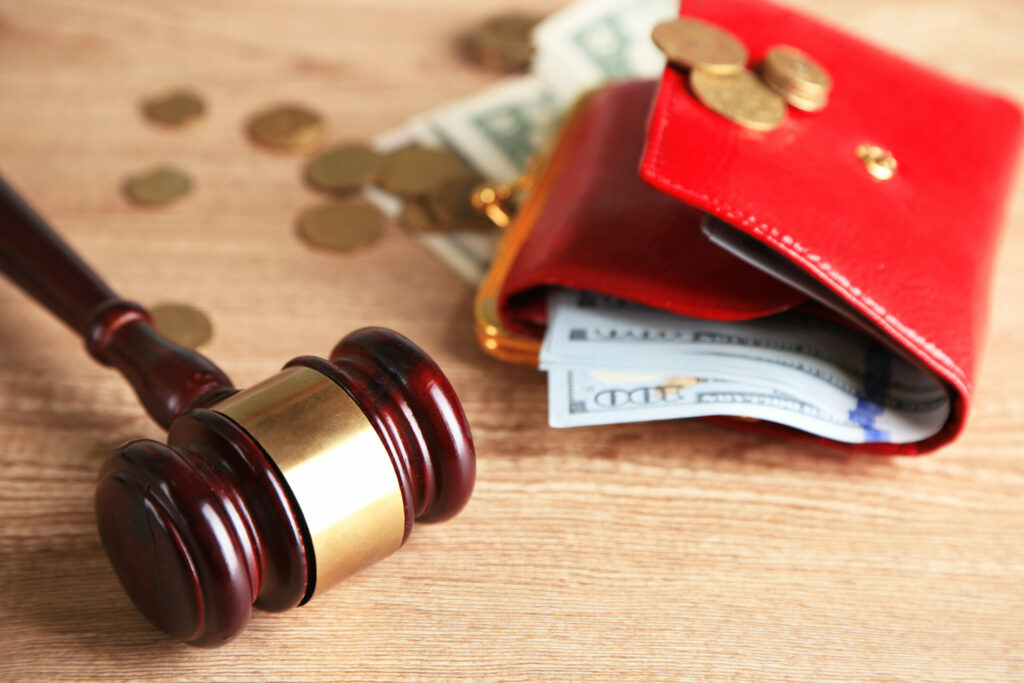Can You Make Up Delinquent Mortgage Payments in a Chapter 13 Bankruptcy?
Falling behind on your mortgage payments can be stressful. A mortgage is typically the biggest regular payment a household needs to make, and it can be a large portion of your monthly budget. If you need to pay two or more mortgage payments in the same month to catch up, it can seem impossible and you might think that foreclosure is your only option.
Before you succumb to foreclosure and lose your home, consider speaking to a bankruptcy attorney about your options. Chapter 13 bankruptcy might be a way you can save your home and catch up on your mortgage arrears over time.
What Happens If You Fall Behind on Your Mortgage Payment?
First, know that you are not alone if you have fallen behind on your mortgage. According to the Federal Reserve Bank of St. Louis, the single-family residential mortgage delinquency rate as of late 2023 was around 1.7 percent. In 2010, the rate rose as high as 11.48 percent at its peak.
Second, you should know that you have options. It’s tempting for someone in such a situation to stick their head in the proverbial sand because the math doesn’t add up and it seems impossible that they’ll ever catch up on their payments. However, there are numerous options for righting a mortgage train that’s gone a little off the tracks.
First, you should talk to your bank or mortgage lender as soon as you realize that you might have problems making your loan payments. Lenders often have programs to provide some relief, especially in situations where your financial situation is temporary. For example, if you lost your job but believe that you will have another one soon, you may be able to discuss options for deferring a few payments to the end of your mortgage.
If you are several months behind on your mortgage and foreclosure is nigh—or your debt issues are even bigger—Chapter 13 bankruptcy might be an option to consider.
How Are Mortgage Payments Treated in a Chapter 13 Bankruptcy?
How your mortgage payments are treated in a Chapter 13 bankruptcy repayment plan depend on your overall financial situation, the preferences of the bankruptcy trustee, and whether you are behind on your mortgage. There are two common methods for dealing with a mortgage during Chapter 13 when you want to keep the house:
- Paying the lender directly. In this case, the mortgage is not included in the Chapter 13 bankruptcy and you agree to make timely payments throughout the years of your Chapter 13 repayment plan. You make those payments directly to the mortgage company just as you would if there was not a bankruptcy.
- Paying the trustee. In this case, you do not make your mortgage payment to the bank directly. Instead, your mortgage amount is considered in your repayment plan. You make a payment (or multiple payments that add up to an agreed-upon total) to the trustee each month. The trustee uses those funds to pay your creditors, including making your mortgage payment for you each month.
In either case, failing to make the required payments can jeopardize your Chapter 13 case. If the mortgage company reports that you have fallen behind again or the trustee notes that you are not making your payments on time, the trustee might file a motion to have your case dismissed.
How Does Mortgage Arrears Impact a Chapter 13 Bankruptcy?
Mortgage arrears refers to how much you are behind on your mortgage. If you enter a Chapter 13 bankruptcy with mortgage arrears, this debt must be addressed. Typically, this is done via your Chapter 13 repayment plan.
As part of your Chapter 13 bankruptcy petition, you submit a repayment plan. The trustee and court must approve your plan. The plan details how much you will pay back to the creditors included in your bankruptcy filing and how much you will pay the trustee each month.
The trustee takes the money you pay into the plan and distributes it to your creditors to help pay back what you owe. Often, you only pay a very small amount of what you owe and the rest of the debt is discharged when you finish your repayment plan.
Your mortgage arrears are included in the repayment plan. Typically, it is handled as a separate line item from your current mortgage payments.
To better understand how this works, consider a hypothetical example: Joe enters bankruptcy with a mortgage on a home he wants to keep, a current car loan, and $100,000 in debt he wishes to discharge. His mortgage is $1,000 a month and he is four months behind. His car loan payment is $300 per month and he is current. Under his five-year repayment plan, he will only pay back $30,000 of the $100,000 in debt he owes.
Under his plan, Joe must pay the trustee $1,950 per month. The trustee distributes the money as follows:
- $1,000 is paid to the mortgage company each month to cover that month’s mortgage payment
- $300 is paid each month to cover the car loan
- $500 is distributed to various creditors
- $67 is paid to the mortgage company to cover the arrears debt
- The rest is to cover the trustee’s expenses
In this hypothetical scenario, the $67 is paid every month for five years, resulting in the $4,000 in mortgage arrears being paid back during the repayment plan. At the end of the bankruptcy, Joe is current on his mortgage and can take back over his own payments.
Talk to a Bankruptcy Attorney Today
The above scenario is hypothetical and simplified. It doesn’t take into account fees, penalties, and many other details that must be considered in a Chapter 13 bankruptcy plan that involves mortgage arrears.
If you are behind on your mortgage and want to find out whether Chapter 13 bankruptcy can help you save your home, call the Holland Law Office at 970-205-9690.







